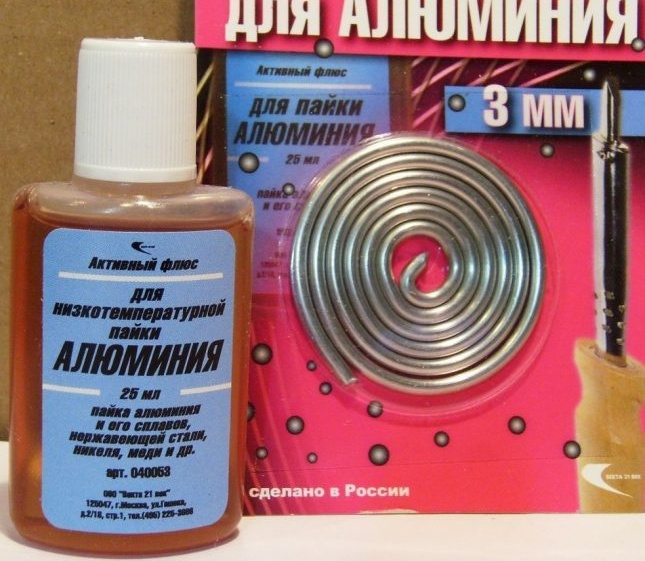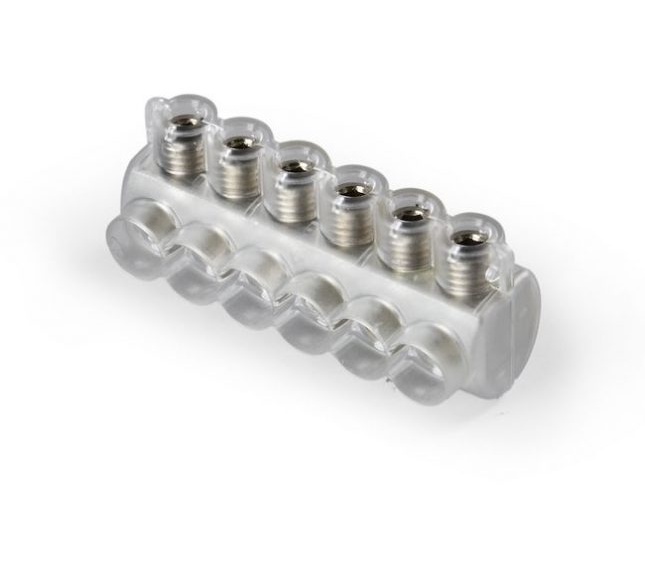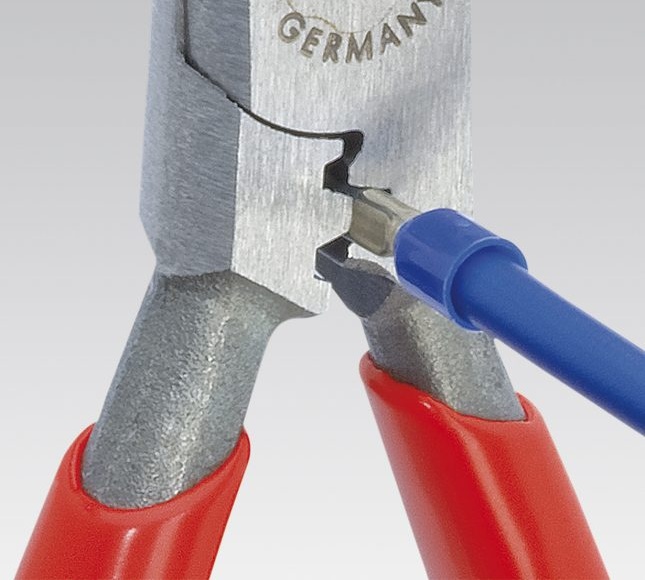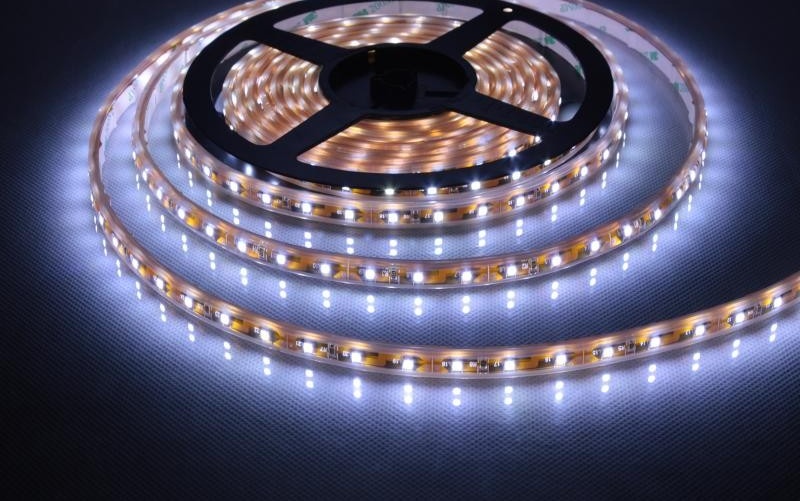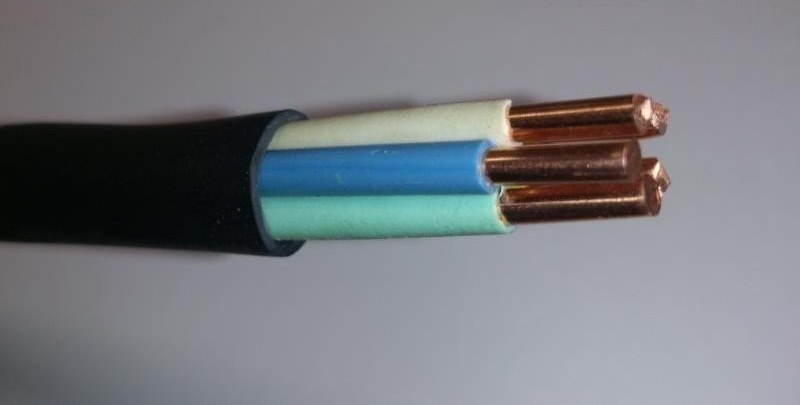4 ways to connect aluminum wires
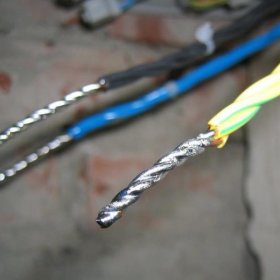
Due to the lightness and reliability, cables with aluminum conductors are widely used in laying various power lines. Before connecting aluminum wires in the electrical wiring, it is necessary to determine the solvable electrical problems and clarify the technical parameters of the product.
Where are aluminum wires used?
The ban on the use of aluminum wiring in residential premises was introduced more than fifteen years ago for reasons of fire safety, but with the advent of new aluminum alloys that are not inferior in characteristics to copper cables, the situation has radically changed.
The area of use of the wire depends not only on the type of conductive core, but also on the insulation material, as well as the design features of the product. Today, aluminum cables provide transmission and distribution of electricity in various stationary installations. In residential buildings, cables with an aluminum residential cross-section of 16 mm are laid2 or more.
The indisputable advantages of aluminum cables are represented by affordability, low weight and the formation of a stable oxide film, and the disadvantages include fragility, low electrical conductivity, a tendency to oxidation, and a relatively short service life.
How to connect
There are several options for the correct and absolutely safe connection of aluminum conductor wires. They differ in the complexity and level of complexity, therefore, in each case, you should individually select the connection method.
Soldering
One of the most reliable connection methods, based on the mechanical removal of the formed natural oxides and the simultaneous application of soldered acid to the cleaned areas.
Soldering technology:
- Careful stripping of the core from the insulating layer by 40-50 mm.
- Finishing bare ends with fine-grained emery paper and twisting together.
- Reprocessing the resulting twist with sandpaper.
- Drawing on a twist of soldering acid, which prevents the formation of a film of oxides.
- Filling twisting grooves with well-molten solder.
- Treatment of the compound zones with alkali and washing in water to remove acid residues.
The dried adhesion is treated with a waterproof varnish, after which it is isolated by cambrices, caps or ordinary electrical tape.
Compression connection (terminal)
The most common way to connect. Squeezing involves the use of a bolt, screw, or pressure spring connection method. Optimal is the use of special Wago terminals.
Wago terminal connection technology:
- Remove 10 mm of insulation from the ends of the wires.
- Insert the bare ends into the round holes of the self-locking type contacts.
- Press on the movable area or raise the terminal lever.
- After sliding the wire, release the moving part or lock the lever in the lower position.
Self-locking terminals for 2-8 connectors allow you to perform various in terms of complexity of connection and branching of electrical wiring. Select a terminal or block in accordance with the marking, which reflects the cross section and the number of aluminum conductors.
A traditional screw terminal can damage aluminum wires, so when using it, contact brass nozzles are always used.
Pressing
The method consists in using special crimping pliers - crimpers and a brass or aluminum sleeve, the dimensions of which directly depend on the cross section of the core. The compound obtained as a result of pressing is durable and reliable.
Press Technology:
- Decide on the size of the tip or sleeve, depending on the cross section of the core.
- Bare the ends of the connected wires with a stripper.
- To put a tip or sleeve on the conductive part of the cable cleaned from the insulating layer.
- Place the sleeve with the wire in a special groove of the crimping pliers and squeeze the handle of the tool.
Depending on the design features, the tool can be represented by a manual hydraulic press and pliers with an electric drive. The multifunctional crimping pliers of the mechanical type allow you to strip the cable insulation, cut the core and crimp.
Use welding
Self-welding of aluminum conductors is a rather complicated method of joining in practical execution than standard soldering. The option involves the use of a special powdery flux diluted in water to a paste state and a low voltage welding machine.
Welding technology:
- Release the ends of the aluminum cables from the insulating layer over a length of 40–50 mm.
- To twist the bare veins with each other.
- Apply a sufficient amount of pasty flux to the place of twisting with a brush.
- Bring the electrode to the ends of the flux-treated twist and weld the aluminum cores for a couple of seconds.
- Take the electrode away from twisting and visually verify the quality of the connection.
The twisting flux prevents the flow of oxygen and the sticking of the electrode to the surface of the molten metal. The result of correctly carried out manipulations is the formation of a neat aluminum “drop” at the end of the twist, which does not impede the free flow of current between the connected wires.
Security measures
Any contact connections, including aluminum conductors, are subject to a number of specific technical requirements that ensure safe operation. Such compounds must necessarily be as resistant to mechanical stress as possible, durable and reliable.
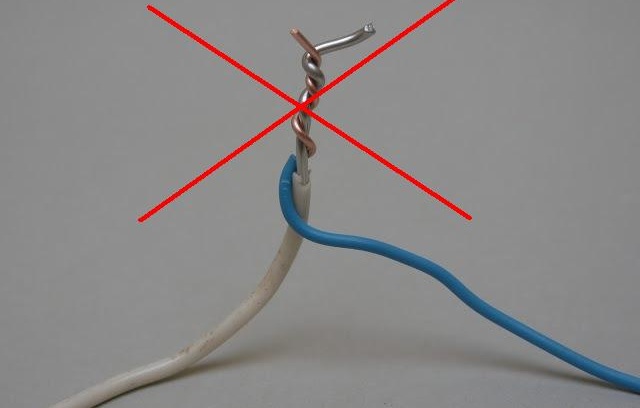
Do not use the option of twisting the contact surfaces - this will contribute to strong heating at the joints
In the conditions of a small contact area, the contact zone may suffer from significant resistance, therefore it is forbidden to use standard safety measures to connect the simple application method or the option of easily twisting the contact surfaces of aluminum conductors and other materials. The galvanic pair formed with oxides in this case quickly provokes heating of the junction.
In accordance with the rules of the installation of electrical installations, all connections, branches and terminations of wire or cable cores must be made by welding, soldering, pressing or pressing in accordance with the current regulations.The connection of aluminum wires in compliance with the technology and the use of appropriate materials provides a stably low transition contact resistance.
